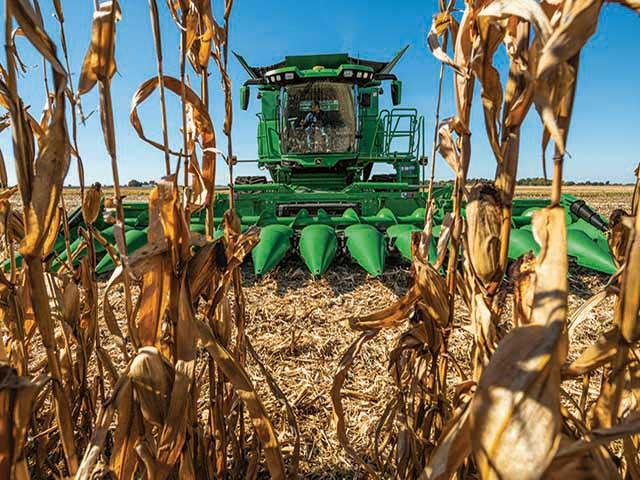Taiwan Earthquake Had Little Ag Impact
Taiwan Earthquake's Impact Limited on Chip Production, but Supply Struggles Continue for Ag
The 7.4 magnitude earthquake in Taiwan on April 3 did not have a significant impact there on production of semiconductors, also called chips or microchips. Taiwan produces 60% of the world's semiconductors and more than 90% of its most advanced chips in a worldwide industry estimated to be worth more than $1 trillion by the end of the decade.
The island nation's largest earthquake since 1999, has killed 16 people and left more than 1,100 injured, according to Asian media.
The world's largest semiconductor producer, Taiwan Semiconductor Manufacturing Corporation (TSMC), said the earthquake caused no damage to most of its critical tools. Some facilities were temporarily evacuated for safety checks. But within a day or two, TSMC operated again at near capacity.
It appears normal supply chains have not been significantly affected. TSMC operates 14 sites in Taiwan and is building new facilities at several locations. The quake did not affect those construction sites, either.
In fact, TSMC does not expect its full-year revenue projections to be affected by the earthquake.
These results are all good news for the manufacturer founded in 1987 that today serves 528 customers and manufactures 11,895 products for various applications that cover a variety of end markets. This includes high performance computing, smartphones, the Internet of Things (IoT), automotive, and digital consumer electronics.
P[L1] D[0x0] M[300x250] OOP[F] ADUNIT[] T[]
But this does not mean the ongoing, high-stake struggle for chips in the United States is over. Not by a longshot, stressed Kip Eideberg, senior vice president, government and industry relations for the Association of Equipment Manufacturers (AEM).
"It's still very much a knife fight to get the chips," Eideberg said. "Every industry competes for them. Chips are critical components for all the equipment our manufacturers make. So, when a country that is the leading manufacturer of chips gets hit with something like (an earthquake), we fully expect for there to be some impact. But it's too early to tell what the mid-term impact will be."
AEM's last CEO Survey, completed about six months ago, found that six in 10 of CEOs responding point to impacts of lost sales opportunities and negative production due to persistent chip shortages.
AEM is an industry trade group with more than 1,000 members representing U.S. agricultural and construction machinery manufacturers. AEM-member CEOs have long been calling for investments in domestic semiconductor research, design, manufacturing and in the next generation of skilled workers.
The demand for semiconductors in agriculture has been growing rapidly and will not slow down anytime soon.
Chip technologies are used across crop and animal production agriculture for monitoring and precision systems, in cameras and other sensors, unmanned aerial systems, and are the secret sauce in equipment automation that is necessary on the road to autonomy. Think about the processing power of John Deere's See & Spray systems: 36 cameras and 10 processors mounted across a boom analyzing 2,100 square feet per second, the machine moves at 12 miles per hour or more.
One industry estimate holds that the value of smart agricultural systems will grow past $33 billion in the next three years.
See more DTN coverage on chips at:
Dan Miller can be reached at dan.miller@dtn.com
Follow him on social platform X @DMillerPF
(c) Copyright 2024 DTN, LLC. All rights reserved.




